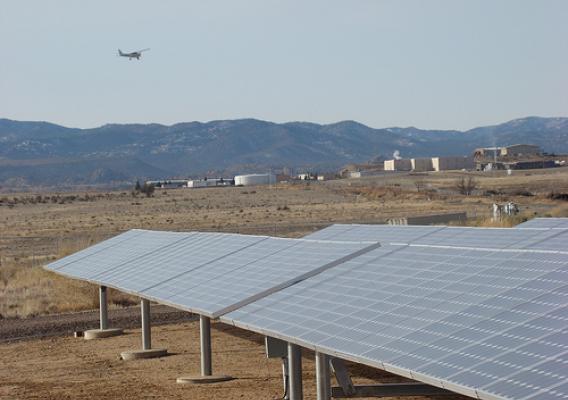Exactly Why Are Fruit Trees Helpful For Your Loved Ones And Your Estate
Have you ever gone to the store for fruit and vegetables, just to discover it bruised or half-rotten? Would you like to save some money and time, while assisting the environment? If you answered yes to either of these questions, fruit trees are the response. The following post will inform you how to choose the size, fruit, and conformation of a fruit tree.

In order to select the kind of fruit tree you can grow, consider the area constraints of your lawn or garden. There are 3 types of tree sizes. A dwarf tree is good for areas 5 feet to 8 feet in diameter. The tree grows little, however the fruit is generally sized. While the yield of the tree is smaller, the size of the tree makes pruning and collecting simpler. Dwarf trees start flourishing within three to five years. A semi-dwarf tree requires at least 15' in diameter to grow. Semi-dwarf trees vary in height from 10' to 16' feet high. These trees can produce hundreds of fruit in a season, which is why, today, the majority of fruit tree removal is affordable grown originates from semi-dwarfs. This type of tree requires pruned when a year to keep it a manageable size.

The last kind of tree is a basic sized tree. Requirement sized trees grow anywhere from 25' to 30' feet. If left unpruned, they will grow even taller. These trees are implied for individuals interested in fruit trees for a long period of time as they take many years to reach their complete growth potential. Like dwarf trees, standard trees take three to 5 years to begin flourishing. You may not be able to select the size of the tree you plant if you have a particular fruit in mind.
There is a big variety of fruit trees available for planting, but to select the best fruit for your garden or lawn, you need to take a number of aspects into account. Is your soil dry or moist? Does your area get heavy rains or little rain? Would you like a self-pollinating tree? When you like your fruit to harvest? To figure out the sort of fruit tree you can grow, you must initially understand what kind of soil you have. This is needed, due to the fact that the tree needs to match your soil type. At the very same time, you should consider the climate of the area. Here is an example of why this is important. A peach tree needs sandy soil and will get blight from excessive rain. Once you identify what sort of fruit tree you're going to plant, you must pick the tree out from a regional nursery, but to do that, you require to understand the conformation of a healthy tree.
There are 6 qualities of a healthy fruit tree. The tree must have strong, straight stems. If a young tree has a minor lean when it is planted, it will grow into a big tree with a heavy lean. Trees with a lean are more prone to blowing down and tipping over. Next, there must also be a defined "leader branch". A leader branch is a central branch that grows thicker and taller than the rest. If the tree has no leader branch, it may require pruning regularly. Surrounding the leader branch ought to be well-balanced branches that extend in all instructions. These branches must look fairly even, as a tree bares more fruit when balanced. Consequently, there must be no low branches since they will bring in animals like raccoons. A tree should have several feet of stem to make collecting much easier and discourage pests. The last and essential quality a tree ought to have is plentiful, undamaged roots. They will receive more security this way.
When looking for a fruit tree, keep the 3 primary points in mind. Predetermine what size of tree you want. Find a local range of fruit that can be nurtured in your regional climate. Finally, discover the qualities of a healthy tree. If you do these things, you will be able to effectively buy, plant, and grow a fruit tree.